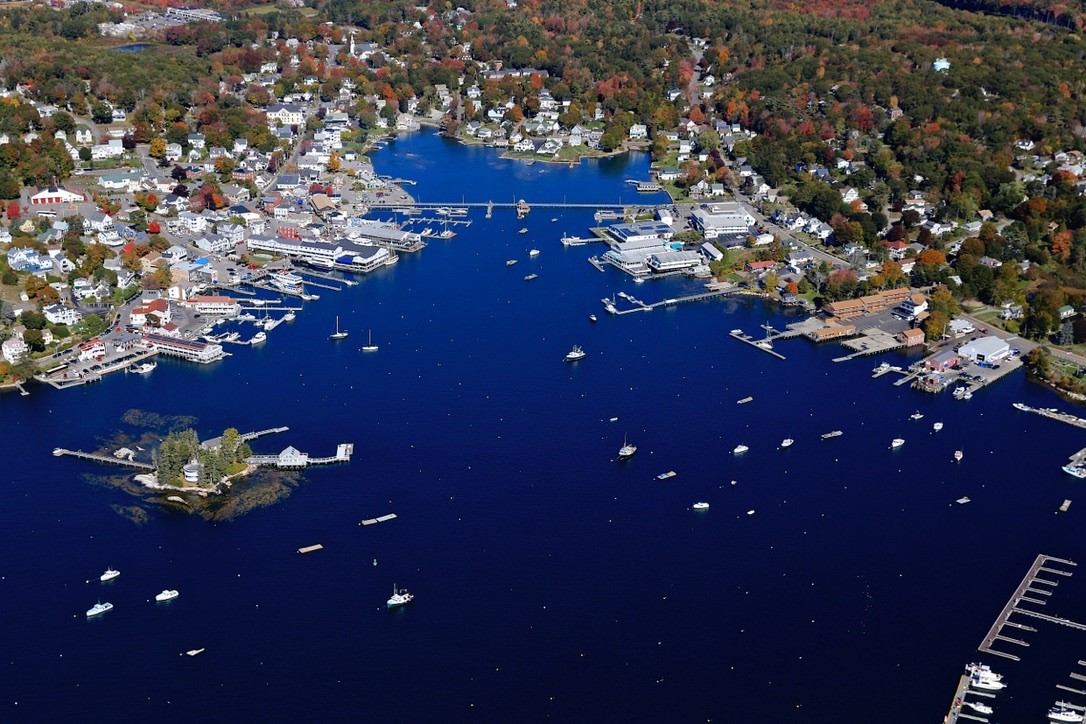The Story
Maine’s 3,500-mile shoreline --5,300 miles including islands--is the longest of any state on the East Coast and has helped define the character of the Pine Tree State. Sadly, the latest assessment suggests that only 20 miles of mainland and island shoreline are still considered working waterfront used to support commercial fishing. Maine’s commercial fishing industry brought in $636 million in 2016 – 80 percent from lobstering – supporting 35,000 jobs. Management of what’s left of the state’s historic working waterfront is critical to Maine’s future economy and to our cultural history.
The Threat
A study by the Maine State Planning Office states that by 2050 most of Maine’s coast will be classified as Suburban/Urban due to economic pressures inducing communities to shift to non-maritime commercial and residential uses. Only eight of the 20 miles of working waterfront are owned and dedicated to use by the public; the remaining 12 miles are privately owned and vulnerable to changing uses. At any point this land could be developed for hotels, or other commercial or residential uses, permanently removing access for commercial fishermen.
Boothbay Harbor is a prime example. A Maritime District established 30 years ago on the east side of the harbor comprises less than 1% of the land area in the town, yet it houses three of the four wholesale and retail lobstering businesses serving more than 60 lobstermen. The 2015 Town Comprehensive Plan states: “The intention of this land use district is to protect traditional commercial water-dependent uses such as commercial fishing, boatbuilding, marine service and repair, etc., from other competing but incompatible uses; to conserve points of public access to coastal waters; and to give preference in identified areas to commercial water-dependent uses over recreational and residential uses.”
Unfortunately, a rezoning proposal would transform 77 percent of the Maritime District into a Limited Commercial District, allowing for hotels, recreational marinas and housing inconsistent with the intent of the Comprehensive Plan. This zoning change would open a key stretch of working waterfront to economic pressures that could forever alter the historic character of this area, and significantly impact the viability of marine-based industries in Boothbay Harbor.
The Solution
Waterfront towns, including Boothbay Harbor, should maintain or enhance the protections offered through the State’s Shoreline Zoning to preserve historic working waterfronts. Weakening such protections is counter to the maritime and economic development interests of Maine communities. Stronger protections should cover not only current active working waterfront sites, but also adjoining areas, permitting expanded use and an essential buffer for fragile maritime resources.
Working waterfronts can also be protected more permanently by public acquisition. Voters in Bar Harbor and St. George have recently supported public investment in their historic waterfronts. Fundraising to provide protection through nonprofit-organization ownership is another alternative. The Island Institute, Coastal Enterprises, Inc., Maine Coast Heritage Trust and the Department of Marine Resources have dedicated a tremendous amount of time and research to developing tools and strategies to help communities protect these vulnerable resources. Communities fortunate enough to have historic working waterfronts CAN preserve and enhance these assets through maintaining and augmenting zoning protection, and planning for public and private funding to provide permanent safeguards for Maine’s maritime heritage.


